Khalid Qaraqe
Physical Limits of Entanglement-Based Quantum Key Distribution over Long-Distance Satellite Links
Jun 25, 2025Abstract:Entanglement-based quantum key distribution (QKD) protocols, such as E91 and BBM92, offer strong information-theoretic security and are naturally suited for satellite-to-satellite QKD (SatQKD) links. However, implementing these protocols over long-distance inter-satellite free-space optical (FSO) channels poses critical physical-layer challenges that are not addressed in the existing literature. In particular, photon losses due to beam divergence, pointing errors, and background noise can severely degrade the key generation rate and quantum bit error rate (QBER), especially under narrow receiver field-of-view (FoV) constraints. This paper presents a comprehensive performance analysis of entanglement-based inter-satellite QKD, focusing on photon-level modeling and the impact of practical impairments. We develop analytical expressions for signal detection probabilities, background photon influence, multi-pair emissions, and QBER, incorporating key parameters such as link distance, transmitter tracking jitter, receiver misalignment, and photon pair generation rate. Simulation results reveal the nonlinear sensitivity of system performance to tracking error and FoV limitations, and highlight optimal parameter regimes that jointly maximize secret key rate while maintaining QBER below acceptable thresholds. The proposed model provides actionable design insights for reliable and efficient deployment of entanglement-based SatQKD systems.
Theorem-of-Thought: A Multi-Agent Framework for Abductive, Deductive, and Inductive Reasoning in Language Models
Jun 08, 2025Abstract:Large language models (LLMs) have shown strong performance across natural language reasoning tasks, yet their reasoning processes remain brittle and difficult to interpret. Prompting techniques like Chain-of-Thought (CoT) enhance reliability by eliciting intermediate reasoning steps or aggregating multiple outputs. However, they lack mechanisms for enforcing logical structure and assessing internal coherence. We introduce Theorem-of-Thought (ToTh), a novel framework that models reasoning as collaboration among three parallel agents, each simulating a distinct mode of inference: abductive, deductive, and inductive. Each agent produces a reasoning trace, which is structured into a formal reasoning graph. To evaluate consistency, we apply Bayesian belief propagation guided by natural language inference (NLI), assigning confidence scores to each step. The most coherent graph is selected to derive the final answer. Experiments on symbolic (WebOfLies) and numerical (MultiArith) reasoning benchmarks show that ToTh consistently outperforms CoT, Self-Consistency, and CoT-Decoding across multiple LLMs, while producing interpretable and logically grounded reasoning chains. Our findings suggest a promising direction for building more robust and cognitively inspired LLM reasoning. The implementation is available at https://github.com/KurbanIntelligenceLab/theorem-of-thought.
Optimizing UAV Trajectory for Emergency Response Operations under Real 3D Environments: Integrating Priority Levels and LoS Constraints
Aug 14, 2024Abstract:Unmanned Aerial Vehicles (UAVs) have emerged as a critical component in next-generation wireless networks, particularly for disaster recovery scenarios, due to their flexibility, mobility, and rapid deployment capabilities. This paper focuses on optimizing UAV trajectories to ensure effective communication in disaster-stricken areas using terahertz (THz) links. We address specific challenges such as energy consumption, user priority levels, and navigating complex urban environments to maintain Line of Sight (LoS) connections amidst 3D obstacles. Our contributions include the development of a detailed modeling approach using online 3D map data, the formulation of an optimal trajectory optimization problem, and the proposal of a Genetic Algorithm (GA)-based method alongside an enhanced heuristic algorithm for faster convergence. Through 3D simulations, we demonstrate the trade-off between minimizing total service time and prioritizing higher-weight nodes, showing the impact of different priority weight factors on the trajectory time. The proposed algorithms are evaluated using real-world data from the West Bay area of Doha, Qatar, demonstrating their effectiveness in optimizing UAV trajectories for emergency response.
Modulating Retroreflector-based Satellite-to-Ground Optical Communications: Sensing and Positioning
Jan 17, 2024Abstract:This paper focuses on the optimal design of a modulated retroreflector (MRR) laser link to establish a high-speed downlink for cube satellites (CubeSats), taking into account the weight and power limitations commonly encountered by these tiny satellites. To this end, first, a comprehensive channel modeling is conducted considering key real channel parameters including mechanical gimbal error, fast steering mirror angle error, laser beamwidth, MRR area, atmospheric turbulence, and channel coherence time. Accordingly, a closed-form expression for the distribution of the received signal is derived and utilized to propose a maximum likelihood based method to sense and estimate the initial position of the satellite. Subsequently, the distribution of the distance estimation error during the sensing phase is formulated as a function of the laser beamwidth and the gimbal error, which enables us to fine-tune the optimal laser beamwidth to minimize sensing time. Moreover, using the sensing and initial satellite distance estimation, two positioning algorithms are proposed. To compare the performance of the proposed positioning method, we obtain the lower bound of the positioning error as a benchmark. Finally, by providing comprehensive simulations, we evaluate the effect of different parameters on the performance of the considered MRR-based system in both the sensing and positioning phases.
LoS Coverage Analysis for UAV-based THz Communication Networks: Towards 3D Visualization of Wireless Networks
Jan 17, 2024Abstract:Terahertz (THz) links require a line-of-sight (LoS) connection, which is hard to be obtained in most scenarios. For THz communications, analyses based on LoS probability are not accurate, and a new real LoS model should be considered to determine the LoS status of the link in a real 3D environment. Considering unmanned aerial vehicle (UAV)-based THz networks, LoS coverage is analyzed in this work, where nodes are accurately determined to be in LoS or not. Specifically, by modeling an environment with 3D blocks, our target is to locate a set of UAVs equipped with directional THz links to provide LoS connectivity for the distributed users among the 3D obstacles. To this end, we first characterize and model the environment with 3D blocks. Then, we propose a user-friendly algorithm based on 3D spatial vectors, which determines the LoS status of nodes in the target area. In addition, using 3D modeling, several meta-heuristic algorithms are proposed for UAVs' positioning under 3D blocks in order to maximize the LoS coverage percentage. In the second part of the paper, for a UAV-based THz communication network, a geometrical analysis-based algorithm is proposed, which jointly clusters the distributed nodes and locates the set of UAVs to maximize average network capacity while ensuring the LoS state of distributed nodes among 3D obstacles. Moreover, we also propose a sub-optimal hybrid k-means-geometrical-based algorithm with a low computational complexity that can be used for networks where the topology continuously changes, and thus, users' clustering and UAVs' positioning need to be regularly updated. Finally, by providing various 3D simulations, we evaluate the effect of various system parameters such as the number and heights of UAVs, as well as the density and height of 3D obstacles on the LoS coverage.
Channel Estimation Using RIDNet Assisted OMP for Hybrid-field THz Massive MIMO Systems
Aug 31, 2023Abstract:The terahertz (THz) band radio access with larger available bandwidth is anticipated to provide higher capacities for next-generation wireless communication systems. However, higher path loss at THz frequencies significantly limits the wireless communication range. Massive multiple-input multiple-output (mMIMO) is an attractive technology to increase the Rayleigh distance by generating higher gain beams using low wavelength and highly directive antenna array aperture. In addition, both far-field and near-field components of the antenna system should be considered for modelling THz electromagnetic propagation, where the channel estimation for this environment becomes a challenging task. This paper proposes a novel channel estimation method using a recursive information distillation network (RIDNet) together with orthogonal matching pursuit (OMP) for hybrid-field THz mMIMO channels, including both far-field and near-field components. The simulation experiments are performed using the ray-tracing tool. The results indicate that the proposed RIDNet-based method consistently provides lower channel estimation errors compared to the conventional OMP algorithm for all signal-to-noise ratio (SNR) regimes, and the performance gap becomes higher at low SNR regimes. Furthermore, the results imply that the same error performance of the OMP can be achieved by the RIDNet-based method using a lower number of RF chains and pilot symbols.
RIDNet Assisted cGAN Based Channel Estimation for One Bit ADC mmWave MIMO Systems
Jun 15, 2023Abstract:The estimation of millimeter wave (mmWave) massive multiple input multiple output (MIMO) channels becomes compelling when one-bit analog to digital converters (ADCs) are utilized. Furthermore, as the number of antenna increases, pilot overhead scales up to provide consistent channel estimation, eventually degrading spectral efficiency. This study presents a channel estimation approach that combines a conditional generative adversarial network (cGAN) with a novel blind denoising network with a sparse feature attention mechanism. Performance analysis and simulations show that using a cGAN fused with a feature attention-based denoising neural network significantly enhances the channel estimation performance while requiring less pilot transmission.
A Study of Multihop mmW Aerial Backhaul Links
Mar 08, 2022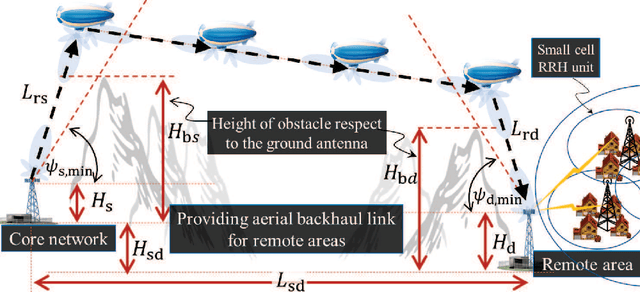
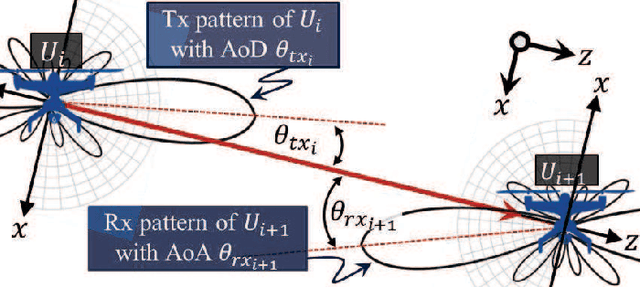

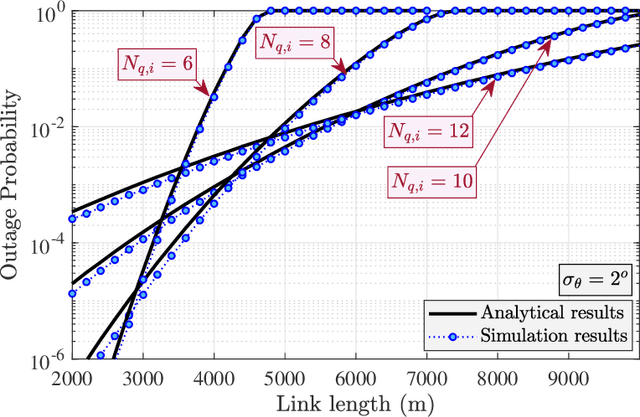
Abstract:The main contribution of this paper is to analyze a long networked flying platform (NFP)-based millimeter wave (mmWave) backhaul link that is offered as a cost effective and easy to deploy solution to connect a disaster or remote area to the nearest core network. For this aim, we characterize the backhaul channel as a function of realistic physical parameters such as heights and distances of obstacles along the route, flight altitude and the intensity of NFPs' vibrations, the real 3D antenna pattern provided by 3GPP, etc. For the characterized channel, we derive an analytical closed-form expression for the outage probability. Finally, using the obtained results, we provide a fast algorithm for the optimal parameter design of the considered system that minimizes the cost.
Deep Recurrent Electricity Theft Detection in AMI Networks with Random Tuning of Hyper-parameters
Sep 06, 2018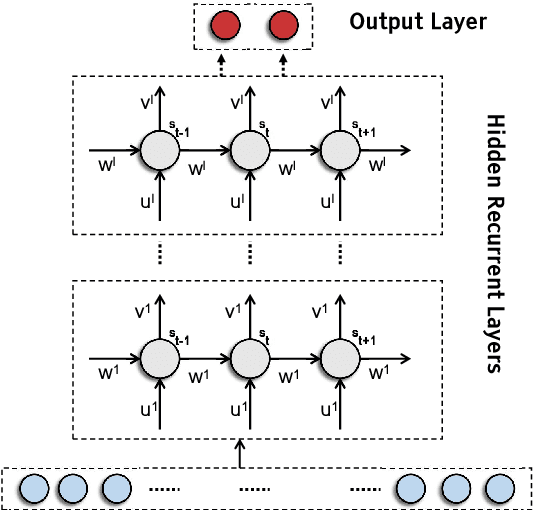
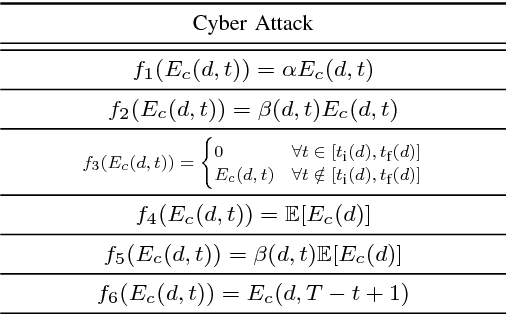
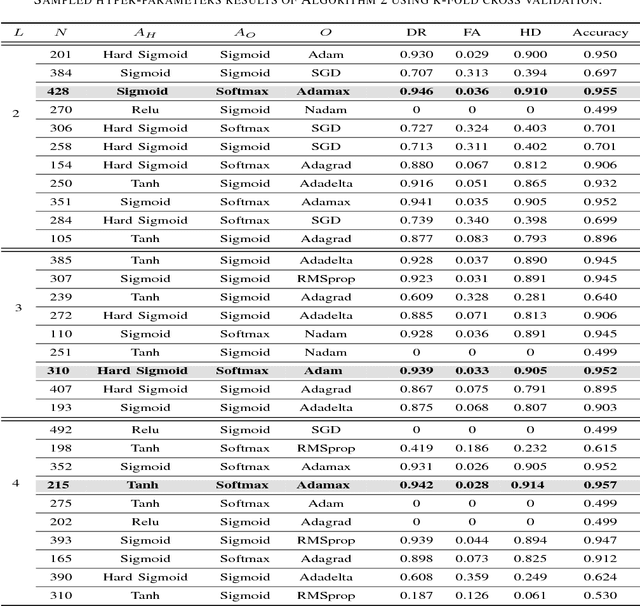
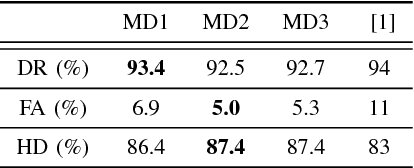
Abstract:Modern smart grids rely on advanced metering infrastructure (AMI) networks for monitoring and billing purposes. However, such an approach suffers from electricity theft cyberattacks. Different from the existing research that utilizes shallow, static, and customer-specific-based electricity theft detectors, this paper proposes a generalized deep recurrent neural network (RNN)-based electricity theft detector that can effectively thwart these cyberattacks. The proposed model exploits the time series nature of the customers' electricity consumption to implement a gated recurrent unit (GRU)-RNN, hence, improving the detection performance. In addition, the proposed RNN-based detector adopts a random search analysis in its learning stage to appropriately fine-tune its hyper-parameters. Extensive test studies are carried out to investigate the detector's performance using publicly available real data of 107,200 energy consumption days from 200 customers. Simulation results demonstrate the superior performance of the proposed detector compared with state-of-the-art electricity theft detectors.
 Add to Chrome
Add to Chrome Add to Firefox
Add to Firefox Add to Edge
Add to Edge